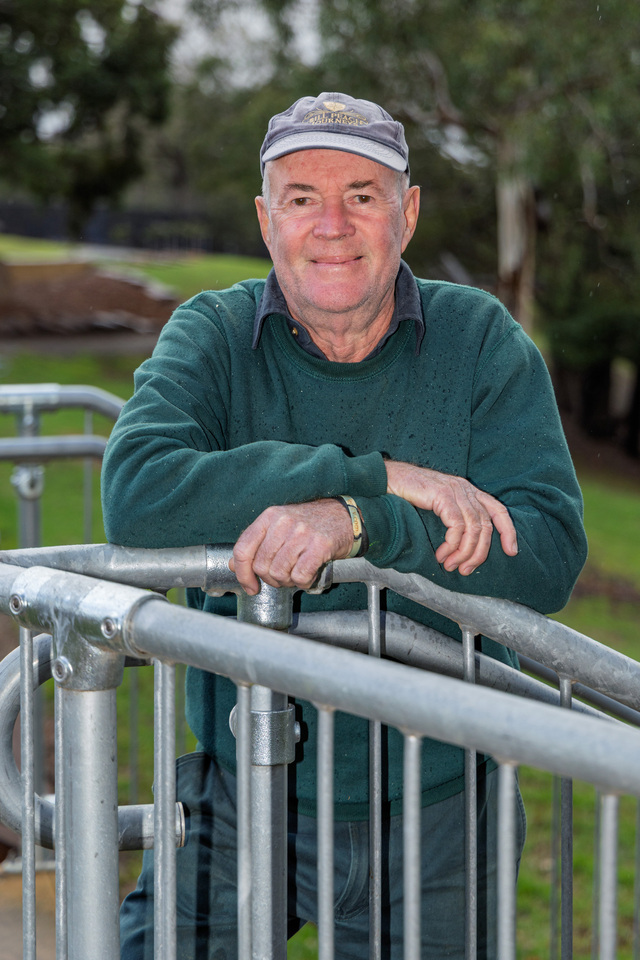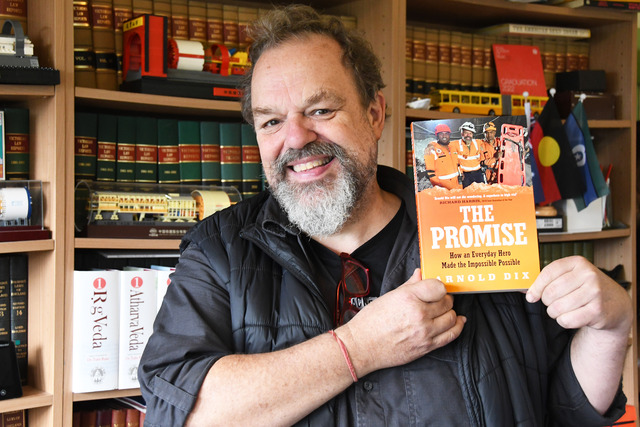What’s the difference between an ‘innovation’ and an ‘invention’? Are they actually the same thing or is there a discernible difference? If you ask Google for the answer, it states the following:
“Invention involves creating something entirely new, for example the first light bulbs or the telephone. Innovation, on the other hand, is the process of improving the existing creations or finding new applications for them.”
So, using this definition, if ‘necessity is the mother of invention’ as the old proverb would have us believe, then perhaps ‘efficiency is the father of innovation’? If this is true, then something that both clearly have in common is the need to do or create something different and both are typically the result of thinking about things in an alternative way. The starting point is often a problem which may be prefaced by statement along the lines of “if only we could…..” or “if it weren’t for X, then we could…” etc and this is where the journey can begin.
It is not easy for anyone to invent or innovate anything since this involves what’s known as a ‘Paradigm Shift’, i.e. “a fundamental change in approach or underlying assumptions” (according to the English Oxford Dictionary) which necessarily means taking a quite different perspective. Hard to do when you have been doing something in a particular way over a sustained period of time. However, this is where I recommend taking the advice of Stephen Covey (‘7 Habits of Highly Effective People’): “Start with the end in mind”. The more clearly you can envision the end result, the easier it is to work back from there to see where and how things could be done differently.
Another similarity that innovation and invention share is the uncertainty of the outcome. Very rarely does anything work first time, and in business there are no overnight successes. Nearly all great achievements are the result of years of sustained effort and incremental improvements, and it is exactly the same for innovations and inventions. For example, many people believe that Thomas Edison was the first person to invent the electric light bulb, but this is not actually the case. In 1800, Alessandro Volta (after whom the electrical “volt” was named) invented the first practical method of generating electricity and his ‘voltaic pile’ is also one of the first examples of incandescent lighting. In 1802, Humphrey Davy went one better and invented the ‘electric arc lamp’ (so named due to the arc of light emitted between two carbon rods) but this lamp burned out too quickly so was not a practical solution for common use. Joseph Swan developed a lightbulb comprised of carbonised paper filaments housed in a vacuum tube in 1850 but back then vacuum pumps were inefficient rendering his lightbulb unusable from a commercial perspective. It was Edison’s idea of using a thin filament (which required only a small amount of current) which was the game-changer in 1879 and the rest is history.
However, what is generally not known is that Edison had actually made around 1,000 unsuccessful attempts before he invented a commercially viable light bulb which really does reinforce the point that there are no ‘overnight successes’. I think his quote nails the point:
“Genius is one percent inspiration and ninety-nine percent perspiration”
So if you have a great idea of a new invention or an innovative way of doing something differently, don’t give up, you never know what may be achieved.
Ian Ash ACC, AIECL, AInstIB
Managing Director OrgMent Business Solutions – www.ombs.com.au







